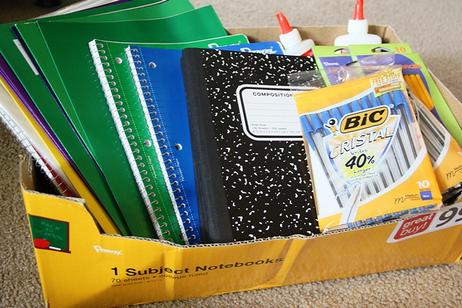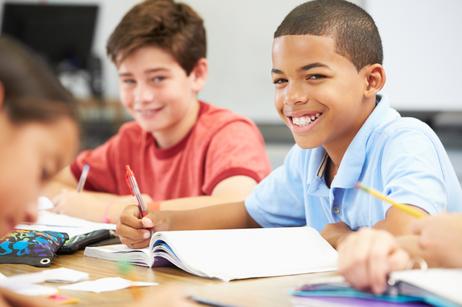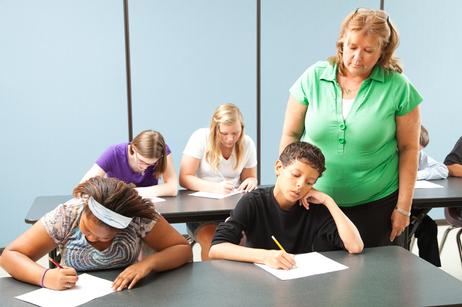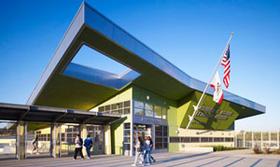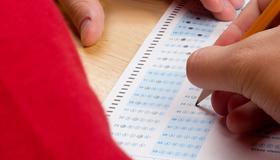It’s back-to-school time, are your kids ready? One of the most stressful parts of back-to-school season is making sure your children get everything they need, without breaking the bank.
Teachers today seem to request more and more supplies than ever before. Whether physical or electronic, it’s a tall task to find and purchase the items at a reasonable cost. We’ve paneled some school, retail, and savings experts to get the best tips and strategies so you can get the best supplies on a smart budget.
Here are 10 expert back-to-school shopping tips.
1. Use supplies from last year
Before you do anything else, check last year’s school supplies to see if they are still in useable condition. Don’t purchase new supplies if the old ones can be made to last a while longer. Lunchboxes, backpacks, clothes, sports equipment, and other school paraphernalia can often make a return appearance. Sometimes, you’ll find unopened packs of pens, pencils, and other items that you may have forgotten about.
2. Make a list – and stick to it
Make a list before leaving the house. According to Dr. Deborah Gilboa, also known as parenting expert “Doctor G,” says a list is vital to staying on budget. “We tend to shop more responsibly when a list is guiding our purchases… [It] helps cut down impulse buying.” Many teachers also hand out supply sheets for their students and it is a good idea to bring this document along on shopping trips so

